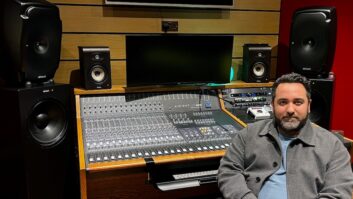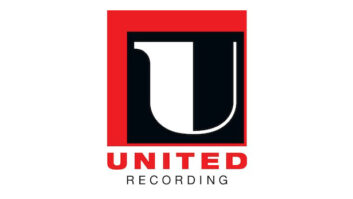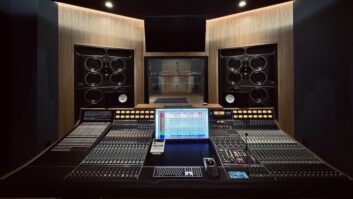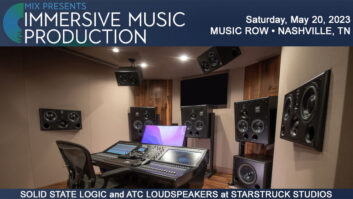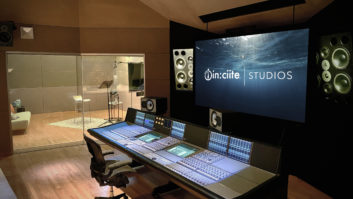Already respected throughout the audio industry for its rigorous Professional Facilities Certification Program, which established certain design and equipment criteria for multichannel recording, mixing and screening rooms, THX, Ltd. (San Rafael, Calif.) is now making inroads in the video game industry, pushing for standards for studios involved in audio and video content creation for games.
“For pm3 [professional mixing and monitoring] rooms we have a list of THX-approved equipment: powered loudspeakers, subwoofers, equalizers, bass management devices and the like, and the goal, obviously, is to give you a mix room that is transparent, and then the [THX-certified] rooms are up to the same standard,” says Mark Tuffy, THX’s director of game systems architecture. “We thought we could do something similar for the games industry, knowing very well that, first of all, it’s an industry that’s really grown out of a garage mentality, and also realizing you’re not going to get most [developers] to build a full THX-quality mix studio in the same way that Hollywood and the DVD community have. So we asked ourselves, ‘Where does the video game bar lie? Can we take an adaptation of pm3 and produce an audio standard for mix rooms for video games? Our goal, of course, is to set a benchmark that pushes people to make better quality mix rooms.
“In a THX game studio you’re not required to buy THX-approved equipment [a long list representing many different manufacturers],” Tuffy continues. “It’s more about the performance of the room at the mix position. We focus on certain measurements: background noise from air conditioning and equipment, RT60 [reverberation times]. We look at the bass management in the room. So many of the games studios are in these square rooms with no acoustical elements, so we work with them on room equalization and actually getting a good, flat response at the listening position. Are the surround speakers at the same level at the mix position as the front speakers are? Do all the channels give you the right impression of the content?” (THX also makes recommendations on replacing audio equipment to improve the room’s performance, bringing it in line with the THX performance standards.)
Though not widespread in the industry yet, the THX games certification program has already attracted the biggest player in the field: Electronic Arts, which churns out games from a number of different locations, including Los Angeles, the San Francisco Bay Area (where the company has its headquarters), Orlando and Vancouver, to name a few. Rather than certifying a games studio per se (like EA’s Redwood City, Calif., facility), THX instead certifies titles produced in a studio that meet the company’s technical guidelines. THX then makes ongoing checks of the studios to ensure that they retain their high standards. “We worked closely with EA to make sure that their [studio] rooms are as [similar] to each other as possible, because they do transfer content between studios and they need everything to be consistent.”
At the 2004 CES show, THX also introduced “THX Games Mode,” which is an audio processing technology for consumer hardware that is designed to maximize the surround effects in games, “making it more immersive, so sound is truly coming from 360 degrees,” Tuffy says, “and it’s not just 5.1; it’s 7.1. We’re trying to make it a better, more realistic experience for the player.
“Right now there’s a lot of enthusiasm and desire in the audio portion of the video games industry,” Tuffy concludes. “You’re seeing more and more in game reviews that sound has become an important component of the total experience, and with the next generation of [gaming] consoles, everything will be moving even more away from regular stereo and toward a multi-channel experience for everyone.”
Look for more information on the ongoing improvements in video game audio in our feature titled “Audio Gains in Videogames,” in the October issue of Mix.
